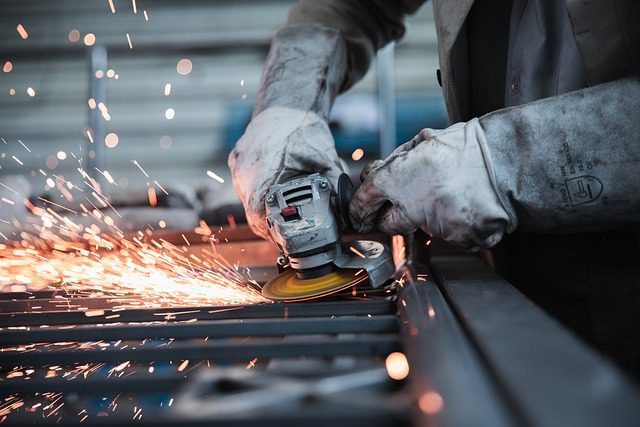In the world of manufacturing, pressure drops are a common occurrence. They happen when there is a sudden decrease in pressure as a fluid moves through a system. While they may seem like a minor inconvenience, pressure drops can have serious consequences for both your equipment and your bottom line.
Equipment Wear and Tear
Pressure drops cause unnecessary wear and tear on your equipment. As fluids move through pipes, valves, and other components, they create friction that can lead to damage over time. When pressure drops occur, this friction increases, putting even more stress on your equipment. This can result in premature wear and tear, leading to costly repairs or even replacement of components.
Poor Performance
Another danger of pressure drops is that they can cause poor performance and inefficiencies in your manufacturing process. When fluid flow is disrupted, it can lead to uneven distribution of material, causing products to be produced incorrectly or with defects. This can waste valuable resources, time, and money. In addition, pressure drops can also slow down the overall production process, leading to delays in delivery times and missed deadlines.
Safety Implications
Beyond just affecting equipment and processes, pressure drops can also have serious safety implications. In some cases, sudden pressure drops can cause equipment to fail, leading to dangerous situations for workers. For example, if a valve fails due to wear and tear caused by pressure drops, it could release a large amount of pressure at once, leading to an explosion or other accident. This could result in injuries or even fatalities for workers.
Difficult to Detect
To make matters worse, pressure drops can be difficult to detect. They may only be noticeable by changes in performance or efficiency, which can be difficult to measure accurately. In some cases, pressure drops may not be detected until they cause serious damage to equipment or lead to safety hazards.
If pressure drops are causing problems in your facility, this article on how pressure drop affects your systems goes into more detail.
Mitigating the Risks
Fortunately, there are steps that manufacturers can take to mitigate the risks of pressure drops. One important step is to regularly monitor equipment for signs of wear and tear that could be caused by pressure drops. This can include checking for leaks, corrosion, or other signs of damage in pipes, valves, and other components. Regular maintenance and inspection can help catch issues before they become serious problems.
Another key step is to design systems that are resilient to pressure drops. This can include using equipment that is designed to handle sudden changes in pressure, such as pressure relief valves or surge tanks. It can also involve designing systems with redundancies and backups so that if one component fails due to a pressure drop, there are other options available to keep the system running smoothly.
Finally, manufacturers need to educate their workers about the risks of pressure drops and how to identify and report them. Workers should be trained to recognize signs of wear and tear in equipment, as well as changes in performance or efficiency that could be caused by pressure drops. They should also be given clear procedures for reporting issues and responding to emergencies involving pressure drops.
While pressure drops may seem like a minor inconvenience, they can have serious consequences for manufacturers.







